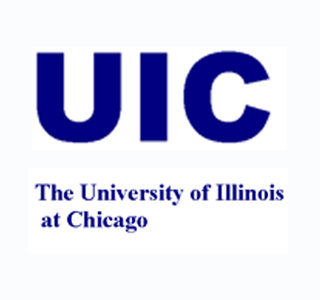
Independently, lankacidin and lankamycin, two antibiotics generated usually by the microbe streptomyces, appear to be slightly effectual in avoiding pathogens.
The researchers supposedly discovered that when applied jointly, the two antibiotics are apparently much more effective in curtailing development of unsafe pathogens like MRSA, or methicillin-resistant Staphylococcus aureus, and perhaps others. This was found by Alexander Mankin, professor and associate director of the UIC Center for Pharmaceutical Biotechnology and lead investigator of the portion of the study and colleagues.
MRSA is claimed to be a staph infection that is apparently resistant to specific antibiotics. As per a 2007 government report, over 90,000 Americans supposedly suffer from likely fatal infections every year.
Lankacidin and lankamycin apparently perform upon the ribosomes, the protein-synthesizing factories of the cell. A newly-made protein appears to leave the ribosome via tunnel through the ribosome body. A few antibiotics supposedly fend off an infection by averting the ribosome from accumulating proteins, while others seem to fasten in the tunnel and wedge the protein’s way.
By means of X-ray crystallography, which verifies the configuration of atoms in biological molecules, the Israeli team, headed by Ada Yonath, a 2009 Nobel Prize winner, apparently found the precise binding site of lankacidin in the ribosome. Mankin’s group supposedly illustrated that lankacidin averts the ribosome from gathering new proteins.
Nevertheless, when scientists comprehended that streptomyces also produces lankamycin, they were interested in finding out whether the two drugs could aid each other. Biochemical analysis and molecular modeling illustrated that lankamycin apparently attaches in the ribosomal tunnel right next to lankacidin.
Mankin commented, “What we found most amazing is that the two antibiotics appeared to help each other in stopping pathogens from making new proteins and in inhibiting bacterial growth.â€
Nowadays, several companies are trying to produce individual drugs better. What the research proposes is that in a few cases, it is a much better plan to not enhance individual drugs, but the combinations of drugs that can work jointly.
The research was published in Proceedings of the National Academy of Sciences of the USA.
